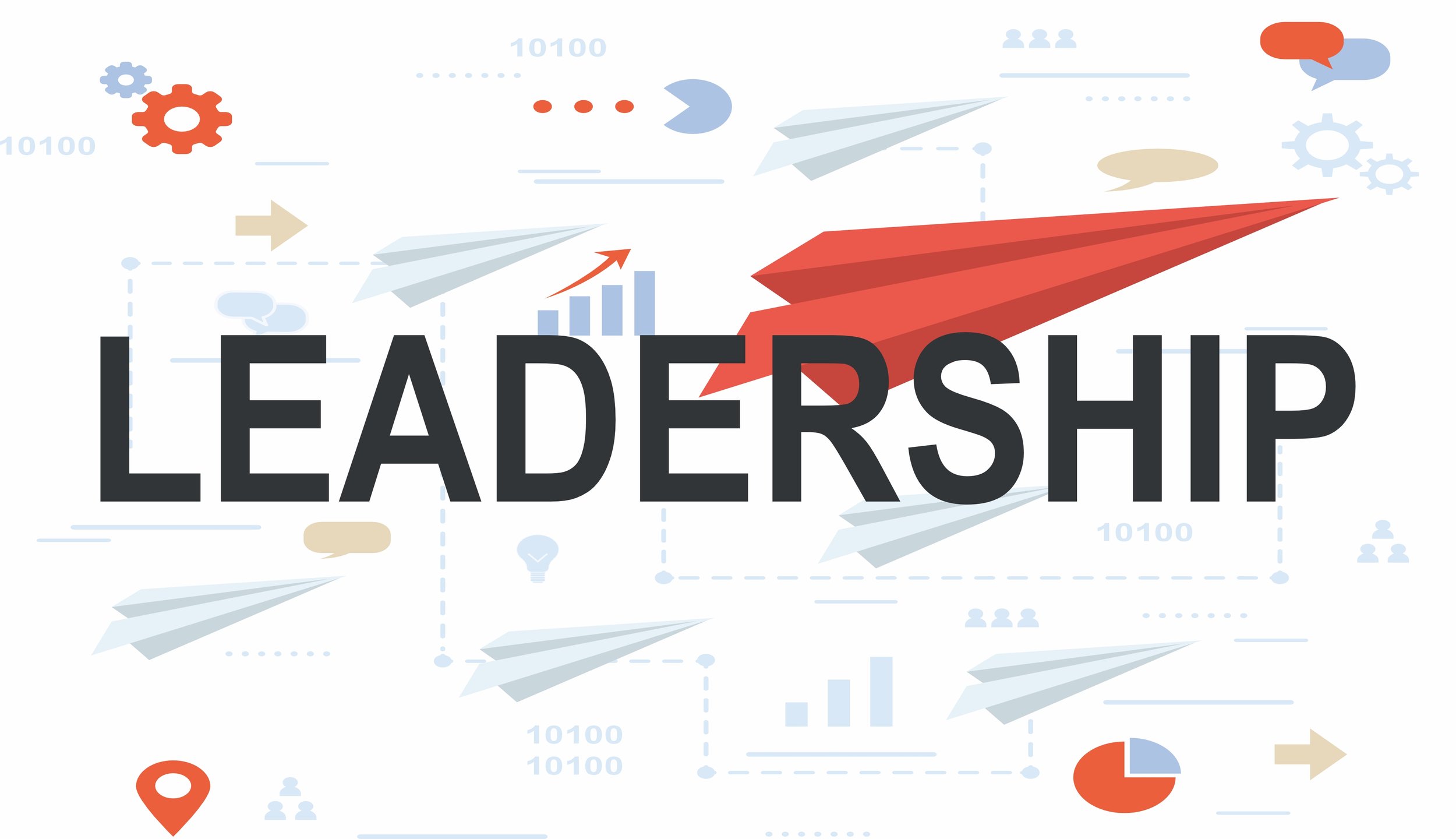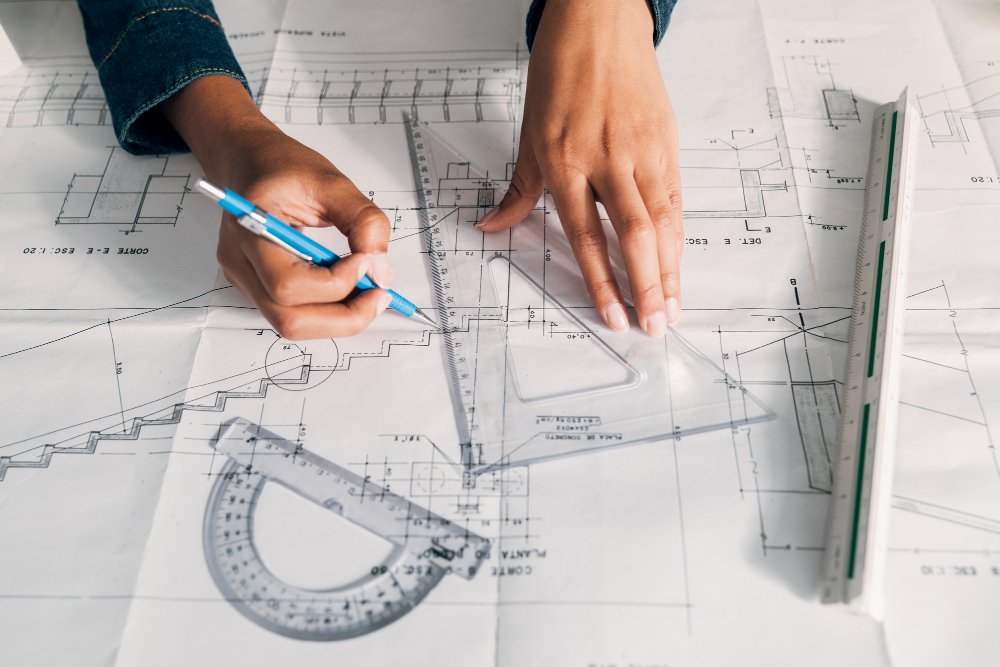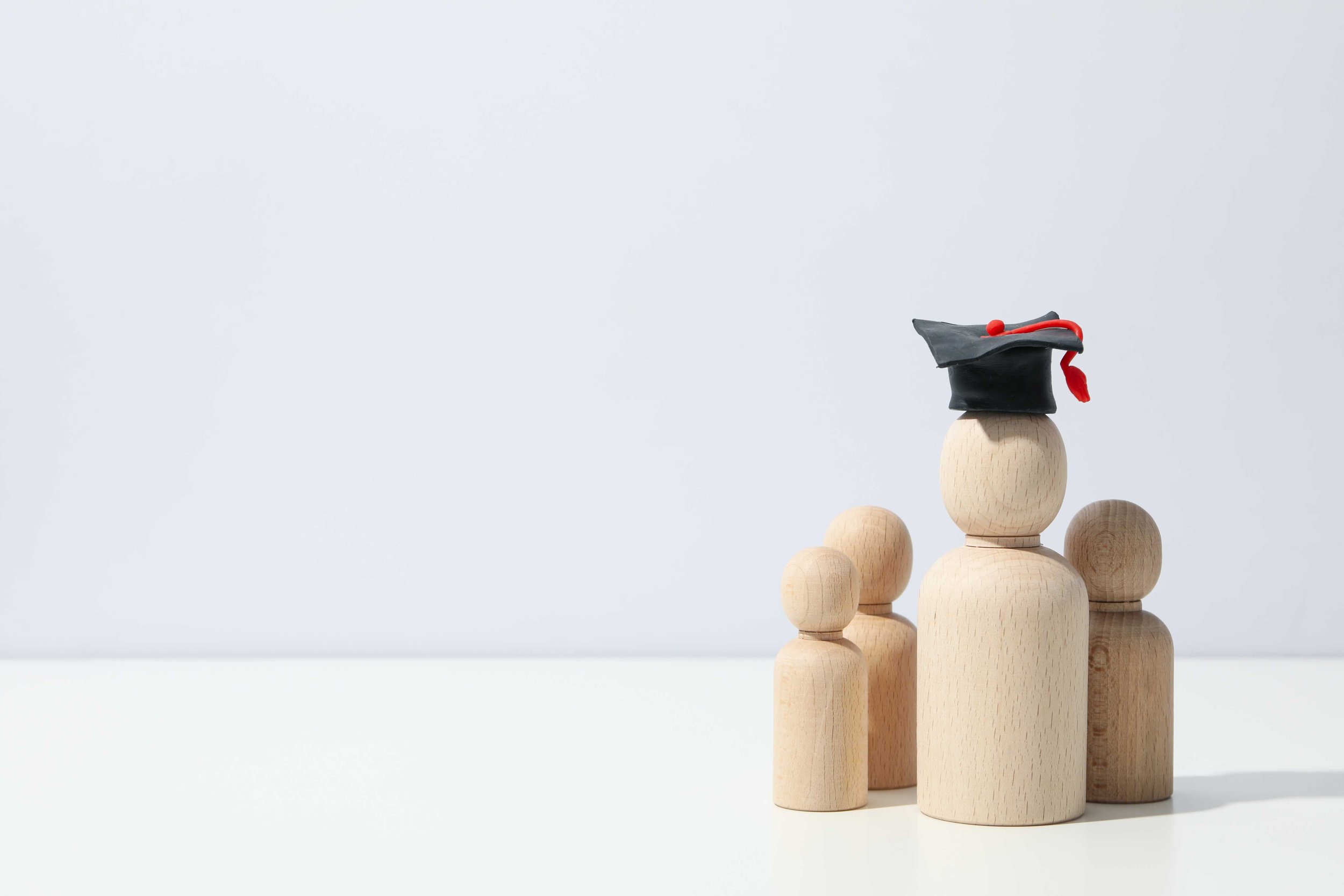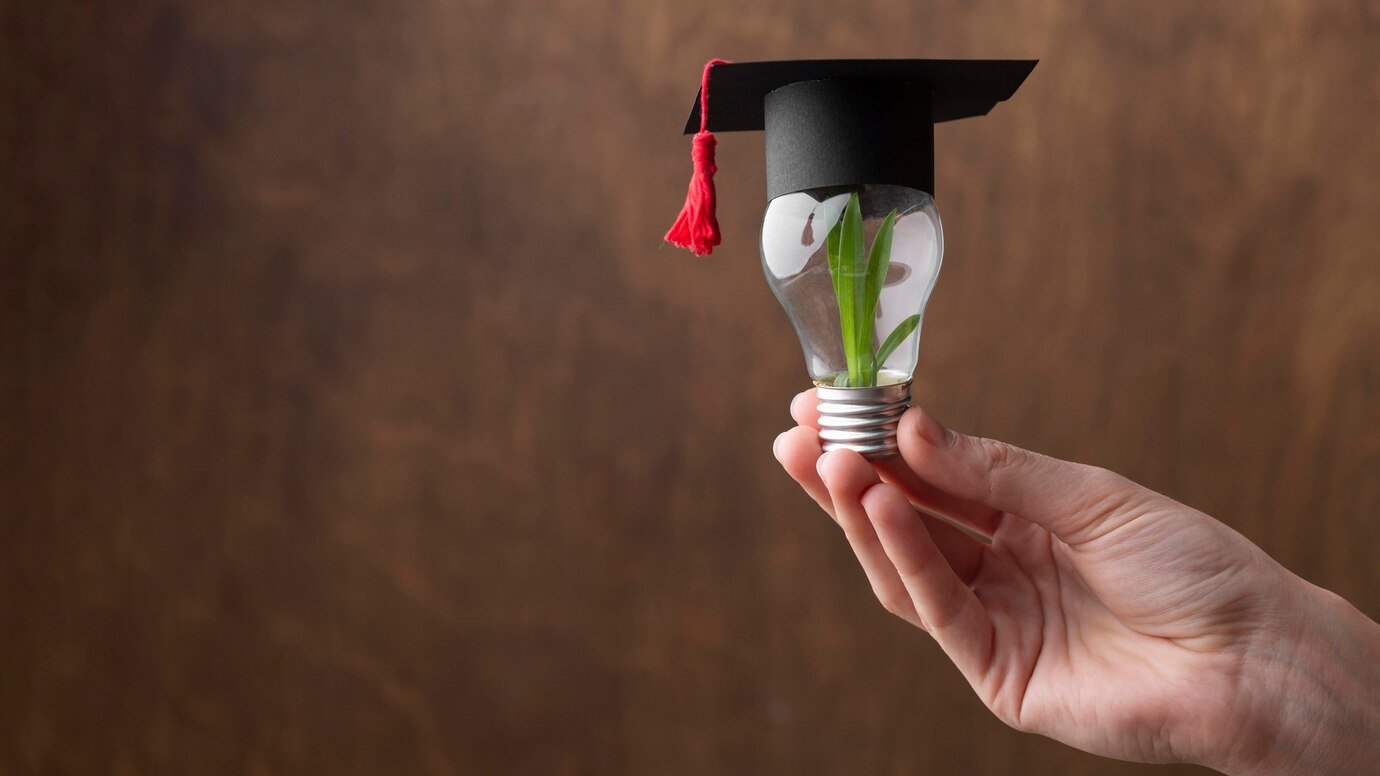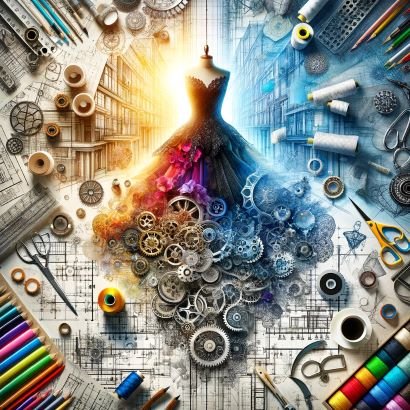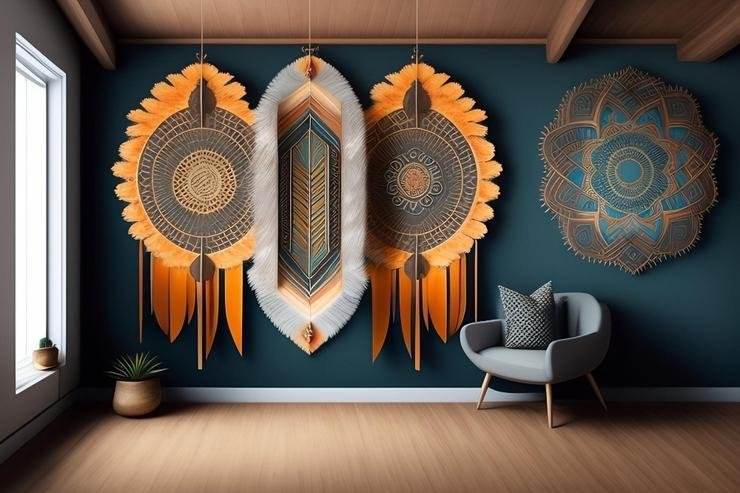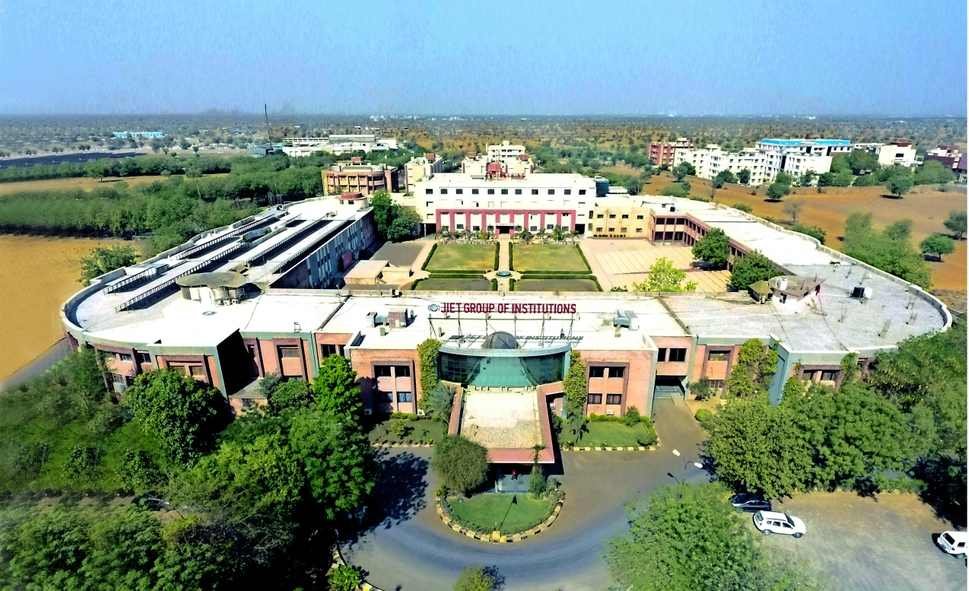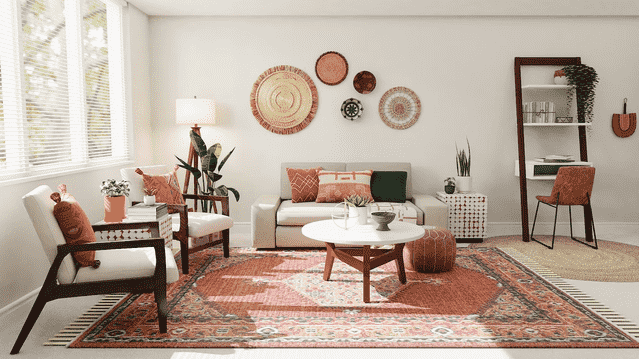What can I do after B design?
If you have just finished your Bachelor's in design, you may be wondering what you should do now, or you may have completed your 10+2 and thinking of pursuing a career in design. There is a lot of information about what we can do with our careers after B Design. We all know that we can become industrial designers and work in a company like IKEA or Apple and apply our creativity and talent to solve design problems, improve people's daily lives, or pursue further studies. There are many opportunities after the Bachelor in design, but there's nothing wrong with having a curiosity or a state of dilemma. Many people do not know if they want to continue studying or get a job. Maybe you need a degree for a specific post. There are many good reasons why studying becomes essential. This blog will explore the career options one can pursue after completing their graduation B. Design. We will try to cover as many of the potential career paths a designer can choose from as possible.
Design is not just about decoration or furniture, or craftwork. Design is becoming more than an area of knowledge. In some regions, design innovation has become an independent professional practice. It is said that design surpasses the boundaries of the traditional design disciplines, connecting different fields to integrate into a common source of creativity that promotes rich, innovative, and productive thinking.
Self-analysis -
Sometimes, it can be easy to put things off. It's easy to put off the dreaded "what can I do after B design?" question. But ask yourself this: what will you do after deciding that B design isn't for you?
Often, the answer is nothing. You go back to school, start another graduate program, or try and find a job :).
But that's the wrong answer.
The correct answer is to figure out what you love and figure out what you're good at.
Do you love building things? Do you love designing? Do you love taking photographs? Figure out what you love, figure out what you're good at, and get out there and do those things. It might seem like you're spending your time doing something you don't care about. But you're spending your time doing something you absolutely care about. You're spending your time doing something you love. And you're spending your time doing something you're good at. This kind of self-analysis will give you the right direction in which you should go.
Think about your skills.
A lot of people ask, "What do I do after B design?"
The answer is, "Do what you have to and learn what you don't know."
It's simple advice, but it's good advice.
Building your career after B design is as important as making your design skills. Following is the most important "how to" list you could learn after B design or during B Design:
How to read financial statements
How to manage projects
How to interview clients
How to write practical proposals
How to manage your time
How to communicate effectively (with people, by writing, communicating in person)
How to manage projects and budgets
How to conduct market research
How to present your ideas effectively
How to run a business
How to set clear, measurable goals
How to spot and solve problems
How to delegate effectively
How to hire the right people
How to take risks
How to lead
How to be a leader
How to work as a team
How to be productive
How to be accountable
How to manage projects
How to set goals and evaluate the performance
Opportunities in the field of design: Design is one of the hottest fields around. It's no longer considered a nice-to-have but a necessity. Following are some of the career opportunities one can go after:
Interior Designer
Fashion Designer
Textile Designer
Graphic Designer
Industrial Designer
UI/UX Designer
Product Designer
Fashion Director
Art Director
Textile and Surface Developer
Entrepreneur
Apparel Designer
Stylist
Brand Manager
Quality Control Personnel
Peursing Master in B. Des
Graphic Designer:
The field of design is broad and constantly evolving. The Bureau of Labor Statistics reports that employment opportunities for graphic designers are expected to grow by 9% through 2026, much faster than the average for all occupations. Graphic designers may be assigned to specific projects or may design multiple projects at the same time.
The working environment for graphic designers varies. Some work in an office environment independently where other designers may surround them. They may be required to sit in front of a monitor or at an easel, drawing by hand. The hours they work also vary. Designers often work more than 40 hours per week.
Duties of graphic designers include:
Designing advertisements, graphics, and websites for clients
Collaborating with clients to make design decisions
Reviewing client projects to ensure that designs meet client specifications and deadlines
Maintaining and updating designer portfolios
Creating original work
Working under tight deadlines
Communicating with clients and other members of the design team
Designing logos, posters, illustrations, brochures, and more using various design tools
Understanding typography, color theory and other design principles
Designing for the web
Collaborating with other members of a team
Designing for print
Working independently
Keeping up-to-date with design trends
Interior Designer:
Interior designers create interior environments, including architectural interiors and furnishings, to fulfill a client's wishes. They select color palettes, furnishings, flooring, lighting, and decorative items from an array of sources. They may also plan the arrangement of rooms and furnishings within a space.
Responsibilities of interior designers include:
planning and designing interior spaces
selecting colors, fabrics, and furnishings
identifying space needs and designing layouts
specifying and coordinating furnishings, materials, window treatments, lighting, and equipment
specifying and coordinating the decoration of interior spaces
selecting and supervising subcontractors
providing drawing and specification services
presenting design concepts to clients
overseeing construction
overseeing the installation of furnishings and coordinating the final inspection
making minor adjustments after construction
maintaining records
handling client disputes
representing clients before clients' architects, engineers, contractors and suppliers
providing documentation and advice on interior design
maintaining inventories of furnishings, fixtures, and equipment
evaluating and selecting new furnishings, fixtures and equipment
presenting designs to clients
performing cost analysis for proposals
supervising or managing the work of others
installing fixtures, fixtures and equipment
removing furnishings, fixtures and equipment
Fashion Designer:
Fashion designing is becoming more and more popular. The fashion designer is a profession that enjoys great respect all over the world. Being a fashion designer, one can work as an independent designer or in an organized context. Fashion designers are artists who combine their creativity and talent to create clothing and accessories that express and reveal their personalities and reflect their ideals.
Fashion designers use fashion trends to create clothing and accessories popular with people of all ages and backgrounds.
A fashion designer should possess the following qualities:
Able to create different outfits
A good eye for colour combination
Fashion designers should possess excellent drawing and sketching skills.
Good communication skills
Should be well-versed in fashion and styling trends
Should have a flair for creativity
Good planning skills
The fashion designer should be flexible.
The fashion designer should know fabrics and garments, and different types of cutting, and stitching techniques.
The fashion designer should know patterns.
Takeaway:
As we have seen, there are plenty of career options available one can go after the completion of B Design. We have discussed self-analysis, which is an essential part of pursuing a career in any field.





